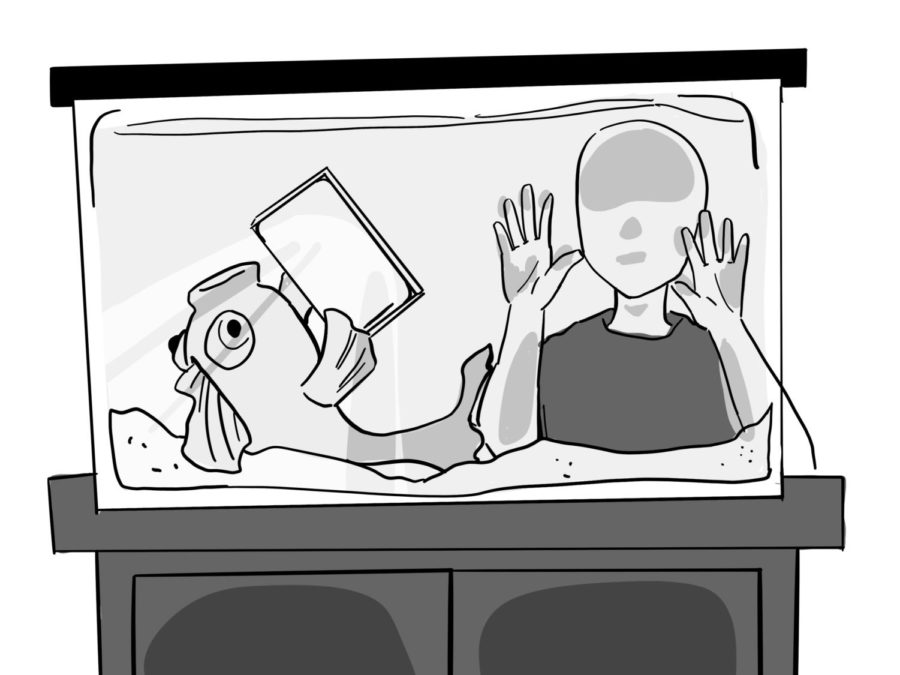Social media and the attention span myth
Shortening attention spans have less to do with technology than most might think.
May 15, 2023
Here is a staggering statistic: humans have an eight second attention span,; less than that of a goldfish. By the time you reach the beginning of this sentence, your eyes should already be scanning the next page.
If you’re still reading: this measurement isn’t true. The claims that compare the attention spans of humans and goldfish are all rooted in research conducted by the obscure Statistic Brain Institute. There are winding lists of numerics measuring the shortening attention spans of humans that became the source of results collected by the Consumer Insights team of Microsoft Canada for in 2015.
The team claimed to survey 2,000 Canadians and study the brain activity of 112 subjects performing cognitive tasks. However, the citation in Microsoft’s published report on attention span never reflected the study’s results; it traced back to Statistic Brain’s vague data. Listed sources, including the U.S. National Library of Medicine and Associated Press had no support of such measurements.
A long attention span has often been connected to scholarly individuals or well-disciplined children. People believe that attention spans were once sound, but social media has shriveled them.
In reality, all humans have differing attention spans that cannot be standardized. There is a sweeping generalization that attention spans are shortening, but some people are naturally accustomed to spending hours on a task, while others are not.
The brain is not meant for multitasking; rather it is task selective. Consequently, humans often transition between tasks. Individuals will apply attention to certain tasks based on their demands. With minds brimming with information on what typically occurs within a situation, people instinctively manipulate how they process information, including how much attention they invest in a task.
A prevalent assumption is that social media deteriorates cognition. Gratification rushes through teens as they scroll endlessly through short clips on TikTok or YouTube. However, there is no concrete evidence to support this. Short attention is simply divided attention.
Attempting to multitask leads to information saturation that prevents productivity in the performance of tasks. The fear of missing out (or FoMo) on the most recent trends also keeps people hinged on their phones as opposed to shrinking attention spans.
Despite the popularized association of goldfish and attention spans, there is no compelling evidence that indicates this is true. There is also no precise method of measuring the attention span of fish that humans could be compared against.
Goldfish shouldn’t be the control that attention span is measured against. Ironically, they have become models for studying learning processes and memory formation due to their ability to acquire and retain information.
If you reached the end of the article, congratulations, you’re not so much of a goldfish!











